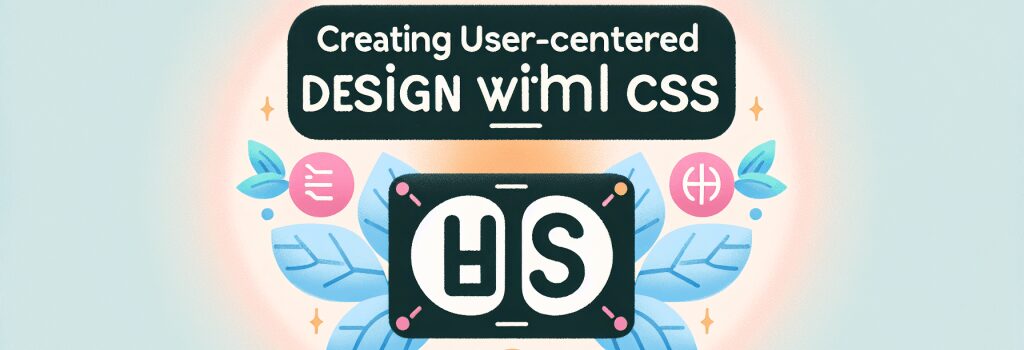Creating User-Centered Design with HTML and CSS

Following the age-old advice, let’s not dilly-dally and dive straight into the matter. Today, we’re going to talk about creating user-centered design with HTML and CSS. Don’t worry, it won’t be as intimidating as it sounds!
What is User-Centered Design?
First things first, what is User-Centered Design, often shortened to UCD? Well, in layman’s terms, it’s a design philosophy where the end-user’s needs, limitations, and preferences are heavily weighted during the design process. Think of it as if you were making a sandwich. But instead of guessing what ingredients the person will like, you ask them directly. It is that simple and straightforward!
Why is User-Centered Design Important?
“Alright, but why should I care about UCD?”, you may ask. User-Centered Design is your bread and butter (pun intended!) as a web developer. It helps make your website more user-friendly, efficient, and desirable. This ultimately leads to happy and loyal users, which is not a bad thing to have in the wild west of the internet where users are as unpredictable as a bug in the code!
How Do HTML and CSS come into play?
Enough with the analogies, let’s get to the real deal – HTML and CSS.
HTML, or Hyper-text Markup Language if you want to sound fancy, is the foundation of any webpage. Think of it as the skeleton of your site. HTML provides the basic structure, such as headings, paragraphs, and links.
On the other hand, CSS, or Cascading Style Sheets, is like your webpage’s wardrobe. It controls the layout, color scheme, and fonts—everything that makes your site visually appealing.
These two work hand-in-hand to provide an attractive and efficient website.
Creating a User-Centered Design with HTML and CSS
Creating a UCD with HTML and CSS is like playing a game of Tetris. It requires patience, a keen eye for detail, and of course, a dash of creativity. So, here’s a step-by-step guide to get you started:
Step 1: Sketch Out Your Design
Before you start coding, draw a rough sketch of your webpage. It’s like creating a blueprint before building a house. Make sure you consider your user needs in this initial stage.
Step 2: Layout with HTML
Next, transfer your sketch into a basic HTML structure. Don’t worry about aesthetics just yet; focus on laying out your text, images and links using HTML.
Step 3: Dress it up with CSS
Now comes the fun part – dressing up your webpage. With CSS, you control the visual aspects of your site. Ensure that your design is user-friendly, easy to navigate, and visually stimulating.
Conclusion
That’s it! With a sprinkle of HTML and a dash of CSS, you’re now equipped to create a user-centered design. Remember, practice makes perfect. The more you code, the better you get. It may seem overwhelming now, but soon you’ll be weaving HTML and CSS like a pro, making your own sandwich (um…we mean, website) that your users can’t help but love! Happy coding!


